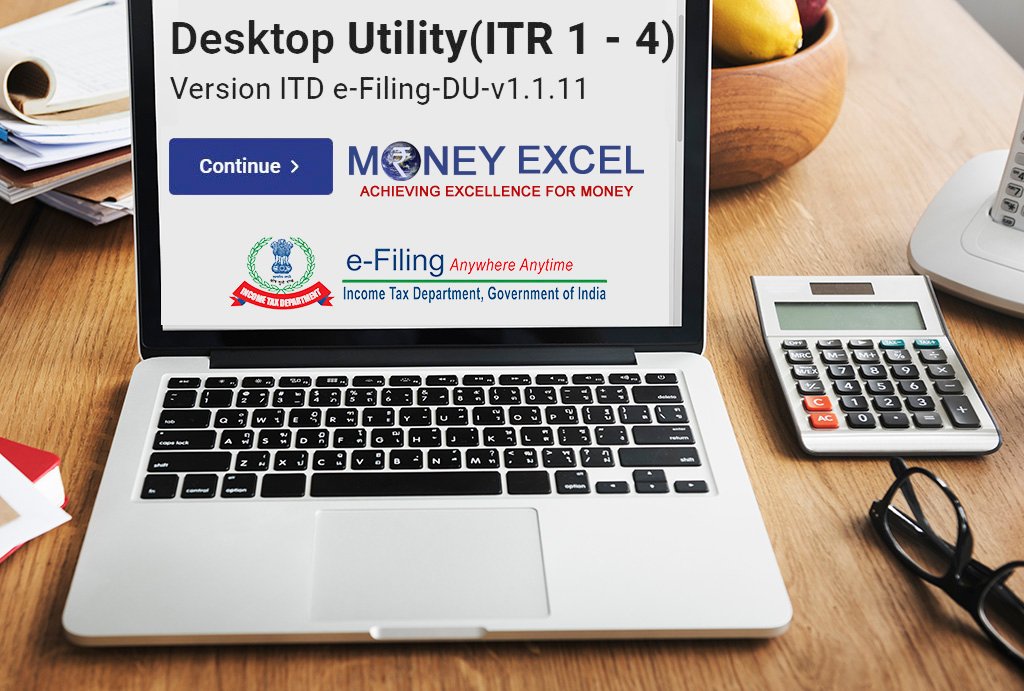Although modern compliance and documentation procedures can be complex, the modern world also provides us with technology that simplifies and streamlines certain processes. One such process is online ITR filing. Various platforms are now available that not only assist in filing tax returns but also provide constant access to tax experts who can assist with questions related to taxes at different levels, such as business, self-employment, freelancing, and other financial matters.
The deadline for filing ITRs for the fiscal year 2022-23 (Assessment Year 2023-24) is July 31, 2023. To avoid incurring late fees, it is critical to comply with this deadline. Individuals, Hindu Undivided Families (HUFs), Association of Persons (AOPs), and Body of Individuals (BOIs) are required to file their taxes by July 31, 2023, and are not required to have their books audited. Businesses, on the other hand, must file their taxes by October 31, 2023, and are subject to auditing. Finally, businesses that require transfer pricing reports (for international or specified domestic transactions) must file by November 30, 2023.

The CBDT has released new forms for filing Income Tax returns for the current fiscal year. However, contrary to earlier suggestions, there is no single common form.
The new forms are very similar to the previous ones but with an added feature. They include a separate schedule for virtual digital assets (VDA) to report income from assets such as cryptocurrency.
This VDA schedule requires specific details such as the date of acquisition, date of transfer, and the category under which income will be taxed (Capital Gain). Any individual who receives income from VDAs must also fill in information about the cost of acquisition (in case of a gift).
Starting from the fiscal year 2022-23, regulations have been established for the taxation of virtual digital assets (VDAs). Income resulting from the transfer of assets such as cryptocurrencies and non-fungible tokens (NFTs) is subject to a 30% tax rate after each fiscal year. When reporting income from the transfer of digital assets, deductions are not allowed except for the cost of acquisition. The VDA schedule is included in every Income Tax Return (ITR) form, except for ITR1.
The advance notification of ITR forms for this year has been a positive development and represents a further effort toward simplifying compliance procedures.
In 2020, our prime minister identified policy-driven governance, trust in the integrity of citizens, the adoption of advanced technology, and bureaucratic efficiency as the four key factors driving changes in the tax system. He also emphasized the connection between complexity and compliance difficulties. Modi also lauded the importance of honest taxpayers, stating that when their lives are made easier, they are empowered to progress and contribute to the development of the country. Reflecting on how far we have come with the ease of digital ITR filing, we have come a long way!
After submitting your Income Tax Returns (ITR) and completing the verification process, it usually takes between 20 and 45 days for the income tax refund to be issued. If the refund takes longer than expected, you can contact the Centralised Processing Centre (CPC) to inquire about its status.
Apart from avoiding penalties and late fees, filing income tax returns online offers a range of benefits that can enhance different aspects of your life and financial growth.






